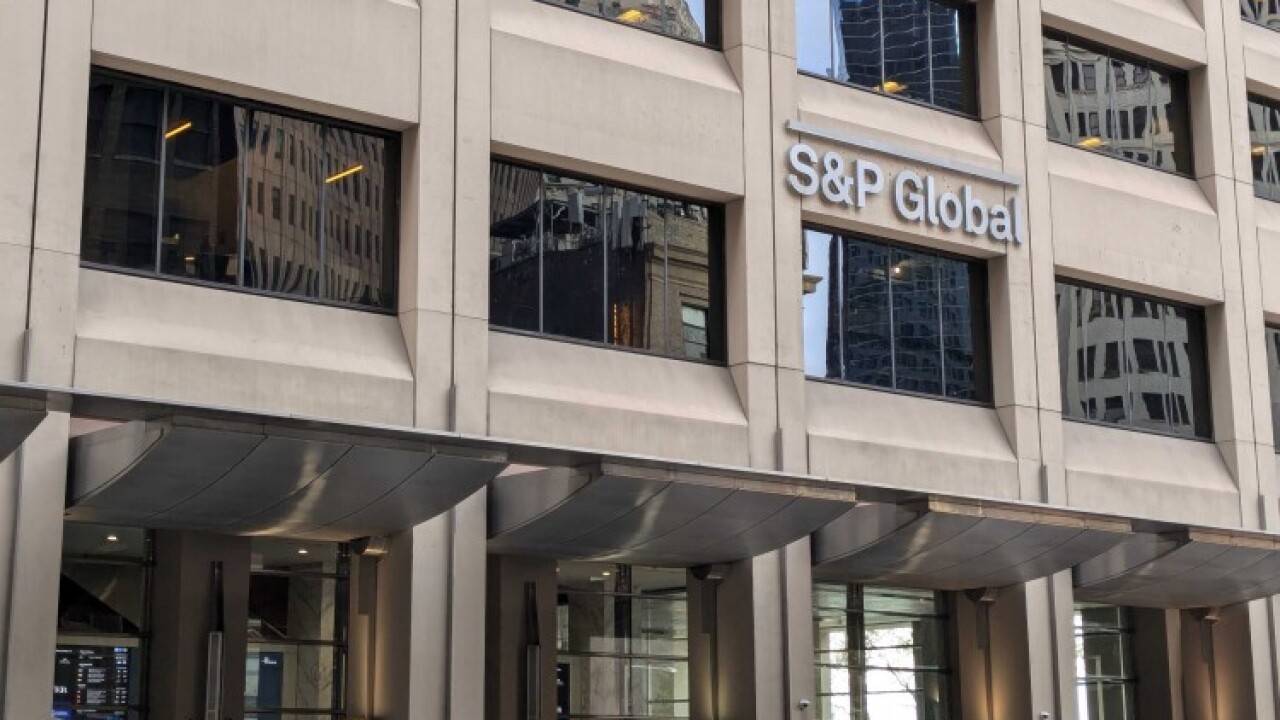NEW YORK – After looking much stronger this week than last, the tax-exempt market is starting off Wednesday hesitant.
Munis are “wishy washy,” a New York trader said. “Munis are going both ways. You still have guys looking to lighten up, but they aren’t running towards the exit.”
Munis were steady to slightly firmer on the long end Wednesday morning, according to the Municipal Market Data scale. Yields inside 21 years were steady while yields outside the 22-year maturity fell one basis point.
On Tuesday, the two-year yield held steady at 0.29%, the record low set last Tuesday. The 10-year yield also closed unchanged at 1.83%. The 30-year yield fell two basis points to 3.24%.
Treasuries were mostly steady. The benchmark 10-year and 30-year yields were flat at 1.93% and 3.07%. The two-year yield fell one basis point to 0.29%.
In the primary market, the top two biggest deals of the week were priced a day earlier than expected, on Tuesday, due to strong demand.
On Wednesday, JPMorgan is expected to price $440 million of Dallas-Fort Worth International Airport Board join revenue refunding bonds, rated A1 by Moody’s Investors Service, and A-plus by Standard & Poor’s and Fitch Ratings.
JPMorgan is also expected to price for institutions $385 million of Tennessee general obligation bonds following a retail pricing Tuesday. The bonds are rated Aaa by Moody’s, AA-plus by Standard & Poor’s, and AAA by Fitch.
Bank of America Merrill Lynch is expected to price for institutions $290 million of Virginia Commonwealth Transportation Board Garvees following retail pricing Tuesday. The credit is rated by Moody’s and AA by Standard & Poor’s.
Since the most recent rally began last Friday, muni-to-Treasury ratios have increased as munis underperformed Treasuries and became cheaper. The 10-year muni-to-Treasury ratio rose to 95.3% on Tuesday from 91.7% last Thursday. The 30-year ratio increased slightly to 105.9 from 103.1%. The five-year ratio rose to 81.5% from 79.1% on Thursday.
In economic news, industrial production was flat in January after growing a revised 1.0% in December, the Federal Reserve said. Capacity utilization fell to 78.5% from a revised 78.6%.
Neither industrial production nor capacity utilization met analyst’s expectations. Economists had predicted a 0.6% increase in industrial production and 78.6% level for capacity utilization.
“Although U.S. industrial activity cannot be described as lin-tastic at the start of the year, the details actually weren't that bad,” wrote Jennifer Lee, senior economist at BMO Capital Markets. “True, the U.S. industrial production headline reading of ‘unch’ was quite disappointing in January. But remember: the headline was heavily influenced by the big 2.5% drop in utilities - after all, it was the warmest January in six years.
“This report may not have reflected broad-based strength but it does reflect underlying strength in the recovery,” Lee said.





